#south Asian history
Explore tagged Tumblr posts
Text

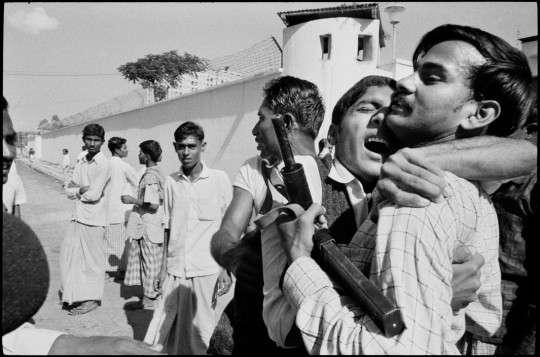
Abbas Attar's photographs of Dhaka on December 16, 1971: when the Pakistani Armed Forces finally surrendered to Mukti Bahini, ending the nine-month Liberation War and 1971 Bangladesh genocide and marking the official secession of East Pakistan to become the new state of Bangladesh. Bangladesh commemorates this day as Victory Day (বিজয় দিবস) to honour the martyrs who laid their lives down in the war.
#বিজয় দিবসের অনেক শুভেচ্ছা সকলকে#and one day we will celebrate a victory day for palestine#bangladesh#bangla tag#victory day#bangladesh liberation war#bengali#south asia#asia#history#historical photos#south asian history#ph#ots#abbas attar#iranian artist
562 notes
·
View notes
Text
everyone who's a late roman republic or french revolution head needs to also hop on the late medieval early modern central and south asian train 😓😓im so alone (on tumblr that is)
#roman republic#late roman republic#frevblr#frev#french revolution#sorry for pranking you guys in the tags ❤️#we have gay persianate textile arts.. ooh ahh...#mughal empire#maratha confederacy#nayaka states#central asian history#south asian history#medieval persia#islamic history#persian miniature painting#indian miniature painting#history#some of you guys would love gayvestigating mughal politicians#go yaoify banarsidas NOW!
23 notes
·
View notes
Text




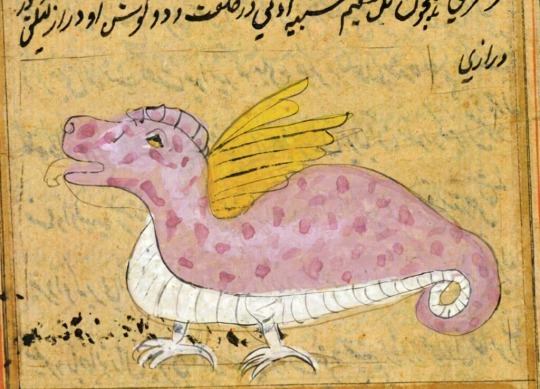

Details of The Wonders of Creation
Iranian scholar Zakariya al-Qazwini (1203–1283).
After traveling throughout Mesopotamia and Syria, he wrote his famous Arabic-language cosmography, 'Aja'eb ol-makhluqat wa qara'eb ol-mowjudat (The wonders of creation, or literally, Marvels of things created and miraculous aspects of things existing).
#art history#art#history#medieval#13th century#middle ages#medieval art#manuscript#persian#persian art#Iran#iranian#iranian art#iranian history#south asian history#southwest Asia#asian art#cosmology
82 notes
·
View notes
Text
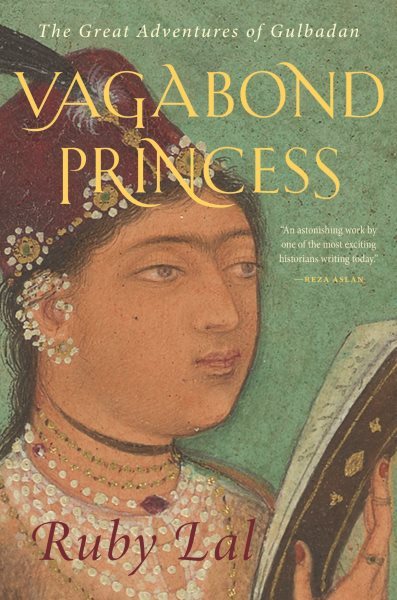
“Meticulous archival research combines with a strikingly imaginative evocation of the world inhabited by Mughal women in Ruby Lal’s writing. Whether set against the dust and grit of imperial caravans, salt-lashed sea voyages, or the manicured precision of Mughal gardens, her vagabond princess, Gulbadan, surprises us at every turn. A superb achievement.”
20 notes
·
View notes
Text
I know history can't have spoilers cuz it already happened but I was pretty peeved when I accidentally revealed to myself who succeeded shah jahan when I was totally in the dark Abt it AND was on the edge of my seat Abt to learn Abt the topic in 2 DAYS!! like omg . At least I still don't know exactly how it all went down just that dara shikoh was in the abode doing gay nerd shit once they joined the court and aurangzeb was like . Actually out there conquering and shit 😭so that prob prepared him well . What a genuinely different world we would be in had a guy who was really into art ascended the mughal throne at such a pivotal time and not a guy who was just really really really really into violent reckless conquest . To be fair shah jahan was almost that reckless once he was actually emperor
#mughal history#indian history#south asian history#timurid dynasty#shah jahan#aurangzeb#dara shikoh#early modern history#mughal empire
2 notes
·
View notes
Text
“I have conversed both [in India] and at home with men distinguished by their proficiency in the Eastern tongues... I have never found one among them who could deny that a single shelf of a good European library was worth the whole native literature of India and Arabia. Honours might be roughly even in works of the imagination, such as poetry, but when we pass from works of imagination to works in which facts are recorded, and general principles investigated, the superiority of the Europeans becomes absolutely immeasurable."
– Thomas Babington Macaulay in his 1835 “Minute Upon Indian Education”.
This quote by Thomas Macaulay lives in my head rent-free. I think it perfectly summarizes the nasty Eurocentric impact of the British Empire on past and current perceptions of language and culture. The conclusion that what is native to the lands they colonized is fundamentally inferior is a view that is still rampant, overtly or subtly, everywhere.
#poc dark academia#dark academia#south asian history#british empire#colonization#colonialism#south asia#english literature#orientalism#babel an arcane history#babel#languages#literature
27 notes
·
View notes
Text




anyway I heart medieval and early modern vijayanagar 🙏shoutout to the nayaka and I heart public works and diverse society
#art history#medieval art#medieval history#south Asian history#indian history#nayaka dynasties#nayaka#vijayanagar#vijayanagara history#deccan sultanates#deccan plateau
5 notes
·
View notes
Text


Suchandra Ghosh (2017) 'Evolution of the term Yavana', in From the Oxus to the Indus
0 notes
Text
#i actually hope they leave charu majumdar alone ngl#i KNOW we've had a binay badal dinesh movie but it was shit so it doesn't count#desi tag#desi tumblr#desiblr#indian history#south asian history#south asia
1 note
·
View note
Text

“The book presents a rich and multi-layered look at the 1947 partition of India, asking whether, how, and why the disruption and atrocities that partition imparted should be remembered. It is an eloquently written, deeply felt, and nuanced account of partition and its sequalae, not focused primarily on historical facts, but on the meaning of lived experiences at the personal, community, and cultural levels.”
9 notes
·
View notes
Text
book on homosociality in ardhakathanaka open access on my library website I know that's right😈 shall be digging in promptly ofc
#i accidentally threw all my diamonds into the ocean😞#and then the power of gay best friends made me a succesful merchant#-banarsidas probably#south asian history#history#17th century#1600s#indian history#agra#banarsi#banarsi das
0 notes
Text
RANI LAKSHMIBAI OF JHANSI // QUEEN OF JHANSI
“She was a Queen of Jhansi (now located in the Jhansi district in Uttar Pradesh). She is a legendary figure associated with early resistance against the British Raj, playing an important role during the Indian Rebellion of 1857. Following the death of her husband, the British governor-general of India refused to recognise their adopted son as his heir, and annexed Jhansi under policy of ‘doctrine of lapse’. She gathered her forces and rose in revolt against the British, and joined the Indian rebellion of 1857. Overpowered by the British troops, she escaped and joined hands with other places in India. She continued her struggle but died fighting in Kotah ki Serai, near Gwalior.”
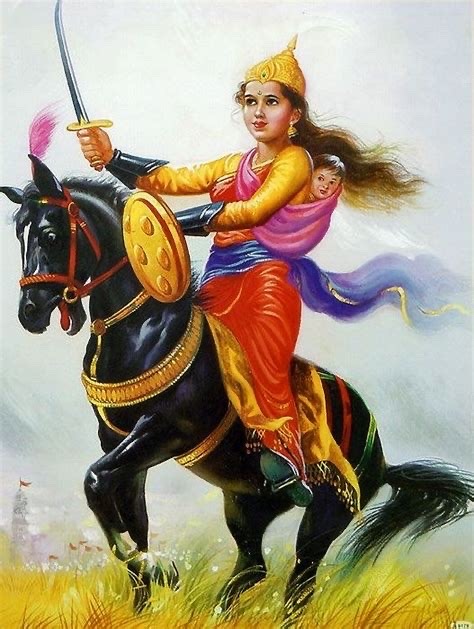

1 note
·
View note
Text
Fuck it, this is a South Asian history blog now
1 note
·
View note
Text




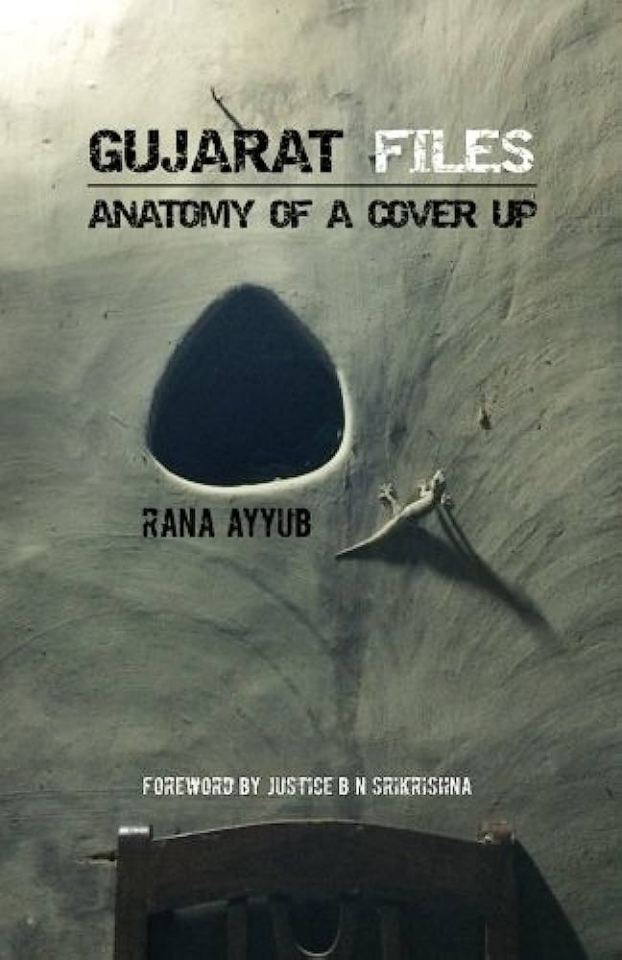

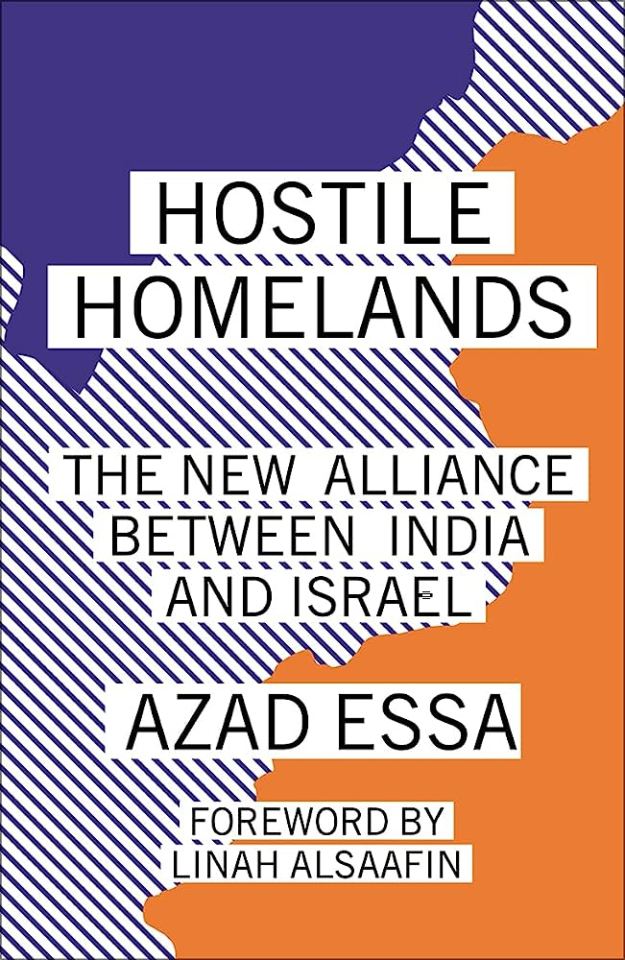

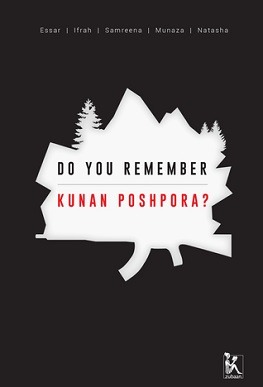

all the indian & kashmiri history + autobiographical books I've read from late 2022-2023 so far! currently working through the persistence of caste & the deoliwallahs
1 note
·
View note
Text


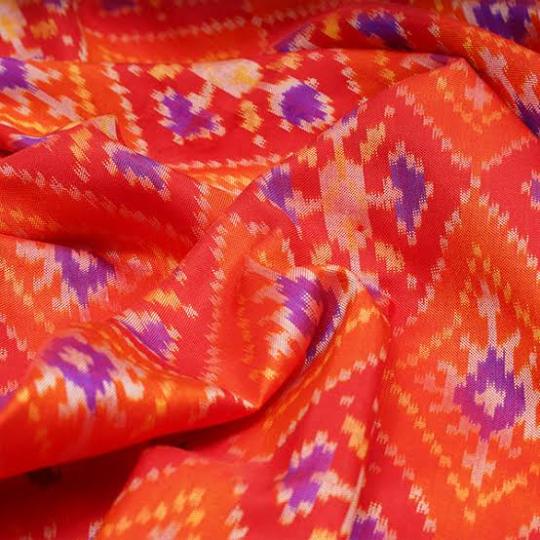



Ikkat is a traditional textile printing technique originating from India and Southeast Asia. It's known for its unique, blurred, and feathered patterns. The word ikat is derived from the Malay word mengikat, which means to tie or bind. The ikkat fabric is created by tying the threads in a specific pattern and then dyeing them in various colors. Once the threads are dyed, they are woven into patterns and designs. Ikkat patterns have soft, blurred edges due to the resist-dyeing process, and often feature feathered or cloud-like designs, which are achieved by binding and dyeing the fabric. Ikkat prints typically feature geometric patterns, such as stripes, dots, and chevrons dyed in vibrant and bold colors. Ikkat print is used in various textiles, such as scarves, saris, dress materials, and home decor fabrics.
1 / 2 / 3 / 4 / 5 / 6 | textile series
#textiles#textile history#southeast asia#south asia#india#indian textiles#south asian textiles#fashion#fashion history#desi fashion#desi tumblr#desiblr#ikkat#ikkat print#ots
359 notes
·
View notes
Text
#WatercolorWednesday:

Portrait of a Ladakhi Mountain Goat [Changthangi*]
India, Mughal dynasty, c.1601-25
Opaque watercolor, ink, gold on paper
37.9 × 25.6 cm (14 7/8 × 10 1/8 in.)
The Art Institute of Chicago 1919.944: https://www.artic.edu/artworks/76868/portrait-of-a-ladakhi-mountain-goat
🆔 “The Changthangi [aka Changpa, Ladakh Pashmina, Kashmiri] is a breed of cashmere goat native to the high plateaus of Ladakh in northern India. It is closely associated with the nomadic Changpa people of the Changthang plateau….The intense cold of the region causes the goats to grow a thick undercoat, which is harvested to produce the fine pashmina grade of cashmere.”
https://en.wikipedia.org/wiki/Changtha
#IndianArt #SouthAsianArt
#animals in art#painting#Indian art#South Asian art#Asian art#Mughal art#miniature#natural history art#goat#Changthangi#livestock#domesticated animals#watercolor#Watercolor Wednesday#Art Institute of Chicago
684 notes
·
View notes